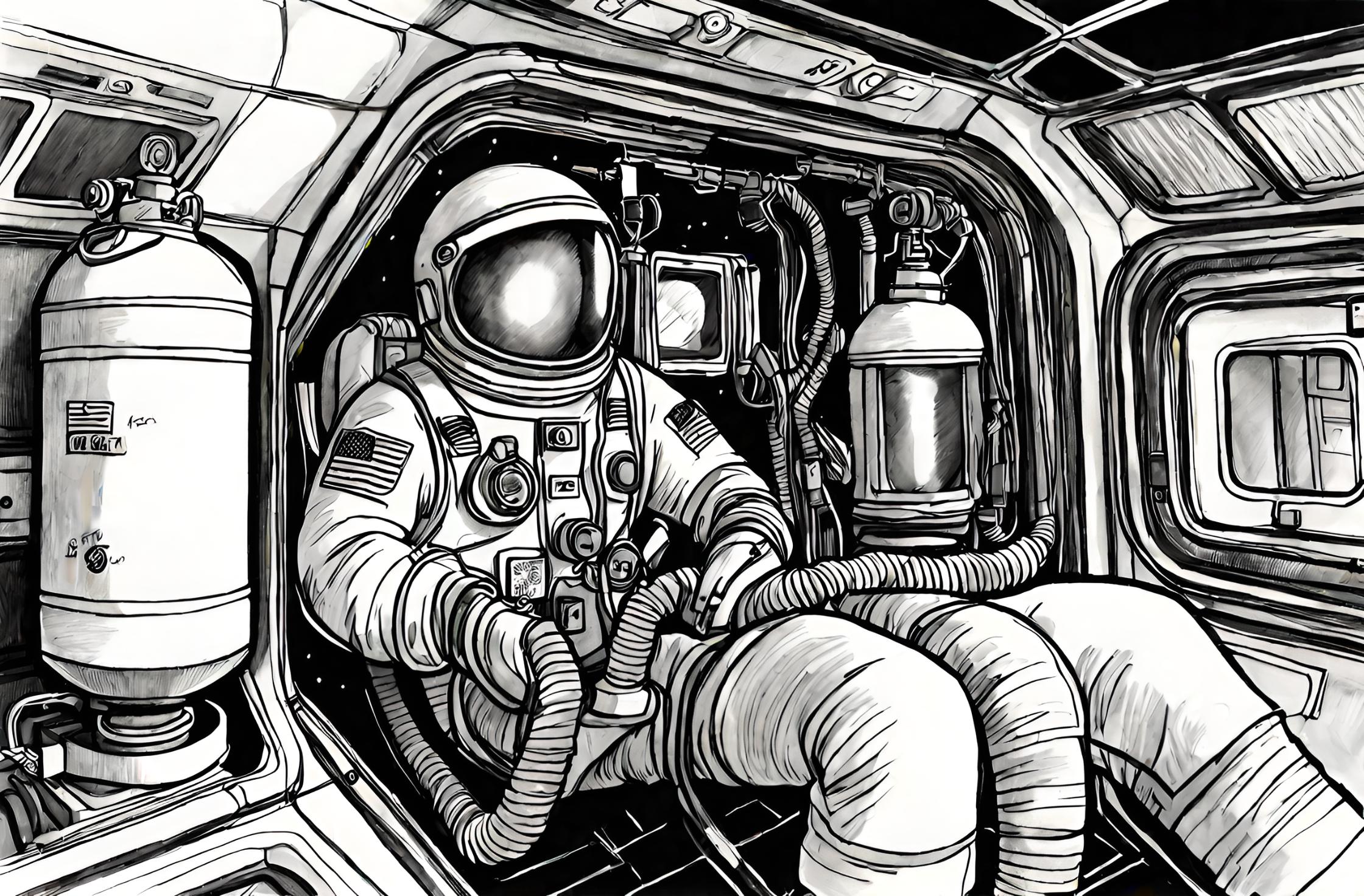Flashback to April 15
American History

On April 13th, 1970, a significant event took place in the history of space exploration. One of the oxygen tanks aboard the Apollo 13 spacecraft exploded, leading to the cancellation of the planned mission to the moon. This incident, which occurred across different time zones on April 13th, sent shockwaves through NASA and the entire world.
The Apollo 13 mission was meant to be the third attempt to land astronauts on the moon. With astronauts James A. Lovell Jr., John L. Swigert Jr., and Fred W. Haise Jr. on board, the spacecraft launched on April 11th, 1970, from Kennedy Space Center in Florida. However, just two days into the mission, disaster struck.
It was just over 200,000 miles from Earth when an oxygen tank in the service module exploded. The explosion caused a multitude of problems, including the loss of electrical power and the failure of the fuel cells used to produce electricity and drinking water for the crew. The spacecraft suddenly found itself crippled and far from the safety of Earth.
Coincidentally, due to the time differences across the world, the explosion happened on April 13th in several time zones. This fact added a strange and eerie dimension to the already tense situation. People woke up to the news of the explosion, unsure of what it meant for the astronauts and the future of space exploration.
The Apollo 13 mission quickly turned from a mission to land on the moon to a mission to bring the astronauts safely back home. The crew had to rely on the limited resources available in the lunar module, which was originally meant for landing on the moon’s surface but was now their only lifeboat. The team on Earth had to work tirelessly to find solutions to the numerous challenges faced by the crew.
Through ingenuity, resourcefulness, and the determination to bring the astronauts back alive, NASA engineers and flight controllers devised a plan to utilize the lunar module as a “lifeboat” and slingshot the spacecraft around the moon to return to Earth. This unprecedented maneuver demonstrated the incredible capabilities and flexibility of the human mind in the face of adversity.
The entire world watched with bated breath as the crew executed the critical course corrections and maneuvered the spacecraft with limited resources. The successful reentry and splashdown of Apollo 13 on April 17th, 1970, marked the end of a harrowing and heroic journey that captivated the global audience.
The Apollo 13 mission is often remembered for the phrase “Houston, we have a problem,” which was uttered by astronaut Jack Swigert when the explosion occurred. This phrase has become synonymous with unexpected challenges and has since been ingrained in popular culture.
Despite the cancellation of the lunar landing, the Apollo 13 mission played a crucial role in advancing space exploration. It highlighted the importance of teamwork, problem-solving, and innovation in the face of adversity. The lessons learned from this event led to significant improvements in spacecraft design, systems, and safety protocols.
Today, more than 50 years after the Apollo 13 mission, the spirit of resilience and exploration remains strong. Human spaceflight continues to push the boundaries of what is possible, with missions to Mars and beyond on the horizon. The remarkable story of Apollo 13 serves as a reminder of the risks and rewards of venturing into the unknown and the triumph of the human spirit in the face of challenges.
We strive for accuracy. If you see something that doesn't look right, click here to contact us!
Sponsored Content

Largest lottery win to…
On April 15, 1989,…

